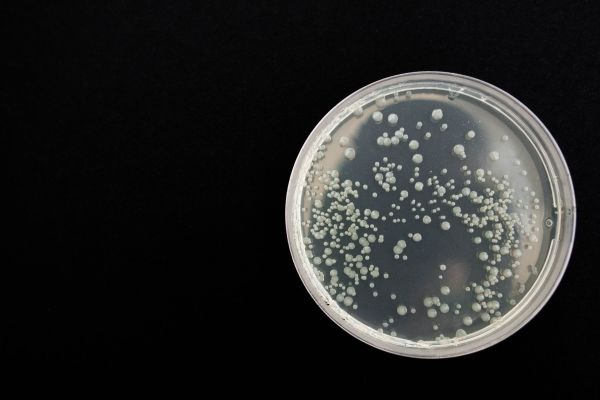Liquid crystals are widely used in technologies such as displays, which manipulate their orientation to display colors across the spectrum.
In traditional displays, liquid crystals are stationary and uniform, free of defects. But that stillness can be altered by adding bacteria to the crystals, creating what scientists and engineers call “living liquid crystals”: materials that can act autonomously. As bacteria swim around the liquid crystal, they generate “defects” that can be used for engineering purposes.
Researchers with the Pritzker School of Molecular Engineering at the University of Chicago, along with colleagues at UChicago-affiliated Argonne National Laboratory, have shown how this material becomes active and disordered through this process, creating floral patterns from the bending instabilities that eventually lead to creation of defects. But the results are not just aesthetic: They are an important step toward understanding how to ultimately control this material for emerging technologies that rely on defect formation.
Read more at University of Chicago


